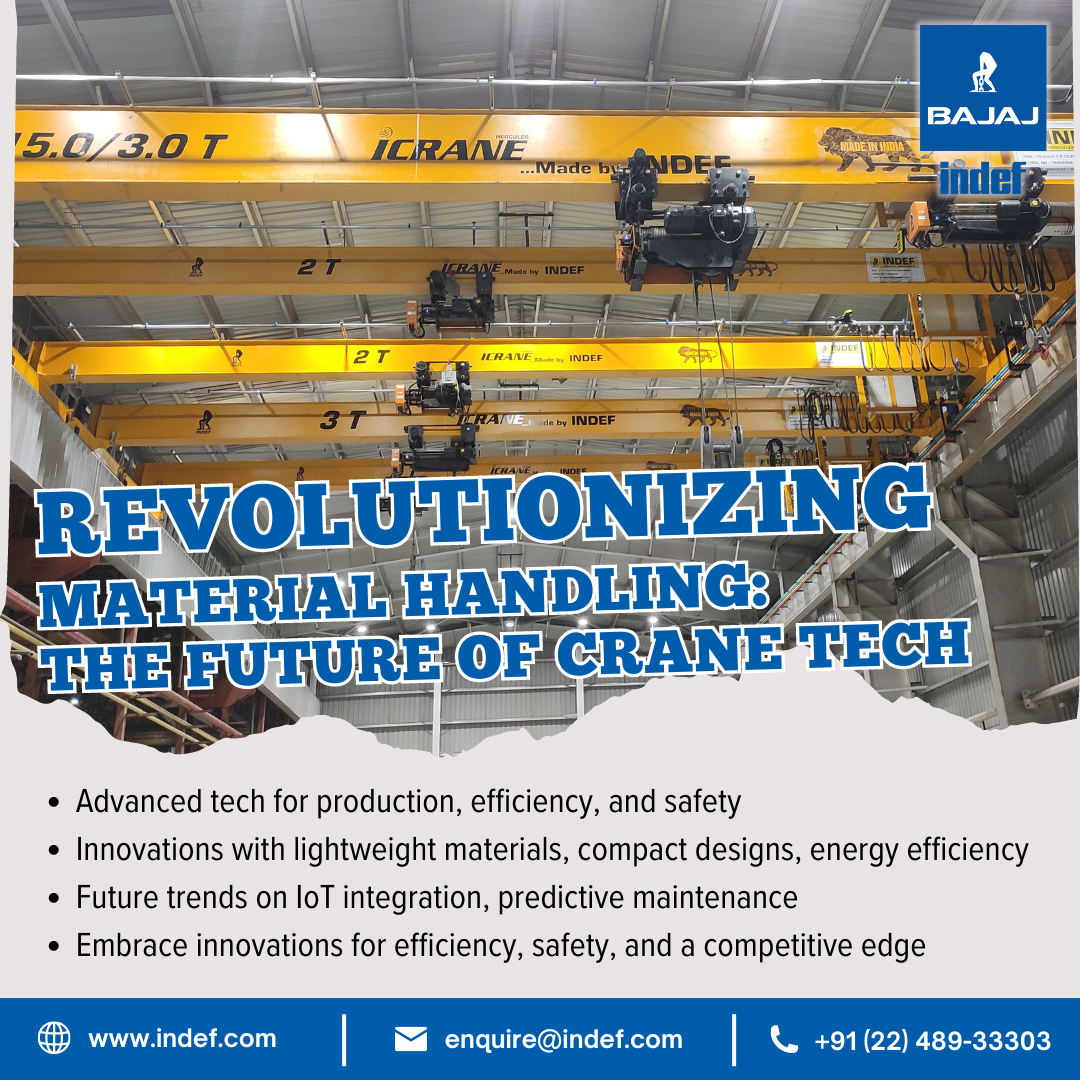Crane technology has come a long way in recent years, with numerous innovations and advancements revolutionizing the industry. From the development of smart cranes that can be controlled remotely to the use of artificial intelligence for improved efficiency and safety, these trends are shaping the future of crane technology. In this article, we will explore the latest innovations in crane technology and discuss the potential prospects they hold for the industry.
The Evolution of Crane Technology: From Manual to Automated Systems
Crane technology has come a long way from its humble beginnings as a manual system to the highly advanced automated systems we see today. In the early days, cranes were operated by human labor, requiring a team of workers to manually control the movement of the crane and lift heavy loads. This manual process was not only time-consuming but also posed significant safety risks for the workers involved. However, with advancements in technology, cranes have become more efficient and safer to operate. Automated systems now allow cranes to be controlled remotely, reducing the need for human intervention and minimizing the risk of accidents. These automated systems also offer increased precision and accuracy, making them ideal for complex lifting operations. Overall, the evolution of crane technology has revolutionized the construction and logistics industries, making them more efficient and safer than ever before.
Advancements in Crane Safety: Ensuring Worker Protection and Efficiency

Crane safety has come a long way in recent years, thanks to advancements in technology and regulations. These advancements have not only improved worker protection but also increased efficiency in crane operations. One major development is the use of sensors and monitoring systems that can detect potential hazards and alert operators in real-time. This allows for quick action to be taken to prevent accidents. Additionally, the implementation of stricter safety regulations and training programs has helped to ensure that workers are knowledgeable and skilled in operating cranes safely. Overall, these advancements have made a significant impact on crane safety, making it a top priority in construction and industrial settings.
The Rise of Smart Cranes: How IoT and AI are Revolutionizing the Industry
The construction industry is undergoing a major transformation with the rise of smart cranes powered by IoT and AI technologies. These advanced cranes are equipped with sensors and connected to the internet, allowing them to collect and analyze data in real-time. This data can be used to optimize crane operations, improve safety, and increase productivity on construction sites. With AI capabilities, smart cranes can also learn from past experiences and make intelligent decisions to enhance efficiency. This revolution in the industry is enabling construction companies to streamline their operations, reduce costs, and complete projects faster and with greater precision.
Sustainable Crane Solutions: Eco-friendly Innovations for a Greener Future
In recent years, there has been a growing demand for sustainable solutions in various industries, including the construction and logistics sectors. One area that has seen significant advancements in eco-friendly innovations is crane technology. Sustainable crane solutions are being developed to meet the needs of a greener future. These innovations focus on reducing carbon emissions, improving energy efficiency, and minimizing the environmental impact of crane operations. For example, electric and hybrid cranes are being introduced to replace traditional diesel-powered ones, reducing air pollution and noise levels. Additionally, smart crane technologies are being implemented to optimize operations and minimize energy consumption. These sustainable crane solutions are not only beneficial for the environment but also for the companies that adopt them, as they can lead to cost savings and improved reputation in the market.
The Future of Crane Automation: Robotics and Autonomous Systems
The future of crane automation is set to be revolutionized by robotics and autonomous systems. These advanced technologies have the potential to greatly enhance the efficiency and safety of crane operations. With robotics, cranes can be programmed to perform tasks with precision and accuracy, reducing the risk of human error. Autonomous systems, on the other hand, enable cranes to operate independently, without the need for constant human supervision. This not only increases productivity but also allows for round-the-clock operations. Furthermore, these technologies can be integrated with other smart systems, such as sensors and artificial intelligence, to further optimize crane performance. Overall, the future of crane automation looks promising, with robotics and autonomous systems leading the way towards a more efficient and safer industry.
Overcoming Challenges: Addressing the Limitations of Current Crane Technology
Current crane technology has undoubtedly revolutionized the construction industry, but it is not without its limitations. One major challenge is the restricted reach of traditional cranes, which can hinder construction projects in tight or congested spaces. Additionally, the weight capacity of these cranes may not be sufficient for handling heavy loads, limiting their effectiveness in certain scenarios. Another limitation is the reliance on skilled operators, as operating a crane requires specialized training and experience. This can lead to a shortage of qualified personnel, further impeding construction projects. To overcome these challenges, innovative solutions are being developed, such as compact cranes with extended reach capabilities and autonomous crane systems that reduce the need for human intervention. These advancements promise to enhance efficiency and safety in the construction industry.
Conclusion
In conclusion, the crane industry is experiencing significant advancements in technology, leading to increased efficiency and safety in operations. The integration of automation, IoT, and AI in crane systems has revolutionized the way cranes are operated and maintained. Looking ahead, the future of crane technology holds great promise, with further developments expected to enhance productivity, reduce downtime, and improve overall performance in the construction and logistics sectors.
What are some recent innovations in crane technology?
Some recent innovations in crane technology include the development of autonomous cranes, advanced safety features such as collision avoidance systems, and the use of remote control and telematics for improved efficiency.
How do autonomous cranes work?
Autonomous cranes use a combination of sensors, cameras, and artificial intelligence algorithms to navigate and perform tasks without human intervention. They can analyze their surroundings, detect obstacles, and make real-time decisions to optimize their operations.
What are collision avoidance systems in cranes?
Collision avoidance systems in cranes are designed to prevent accidents by detecting potential collisions with objects or other cranes. They use sensors and advanced algorithms to monitor the crane’s surroundings and provide warnings or automatically adjust the crane’s movements to avoid collisions.
What are the benefits of remote control in crane operations?
Remote control allows operators to control cranes from a safe distance, reducing the risk of accidents and improving overall efficiency. It also enables operators to have a better view of the worksite and make precise movements, enhancing productivity and safety.
How can telematics improve crane performance?
Telematics technology in cranes allows for real-time monitoring of various parameters such as load capacity, fuel consumption, and maintenance needs. This data can be used to optimize crane performance, schedule maintenance proactively, and identify areas for improvement to enhance productivity and reduce downtime.
What are some future prospects in crane technology?
Some future prospects in crane technology include the development of smart cranes that can communicate and collaborate with each other, the integration of artificial intelligence for predictive maintenance and optimized operations, and the use of advanced materials for lighter and more efficient crane designs.

